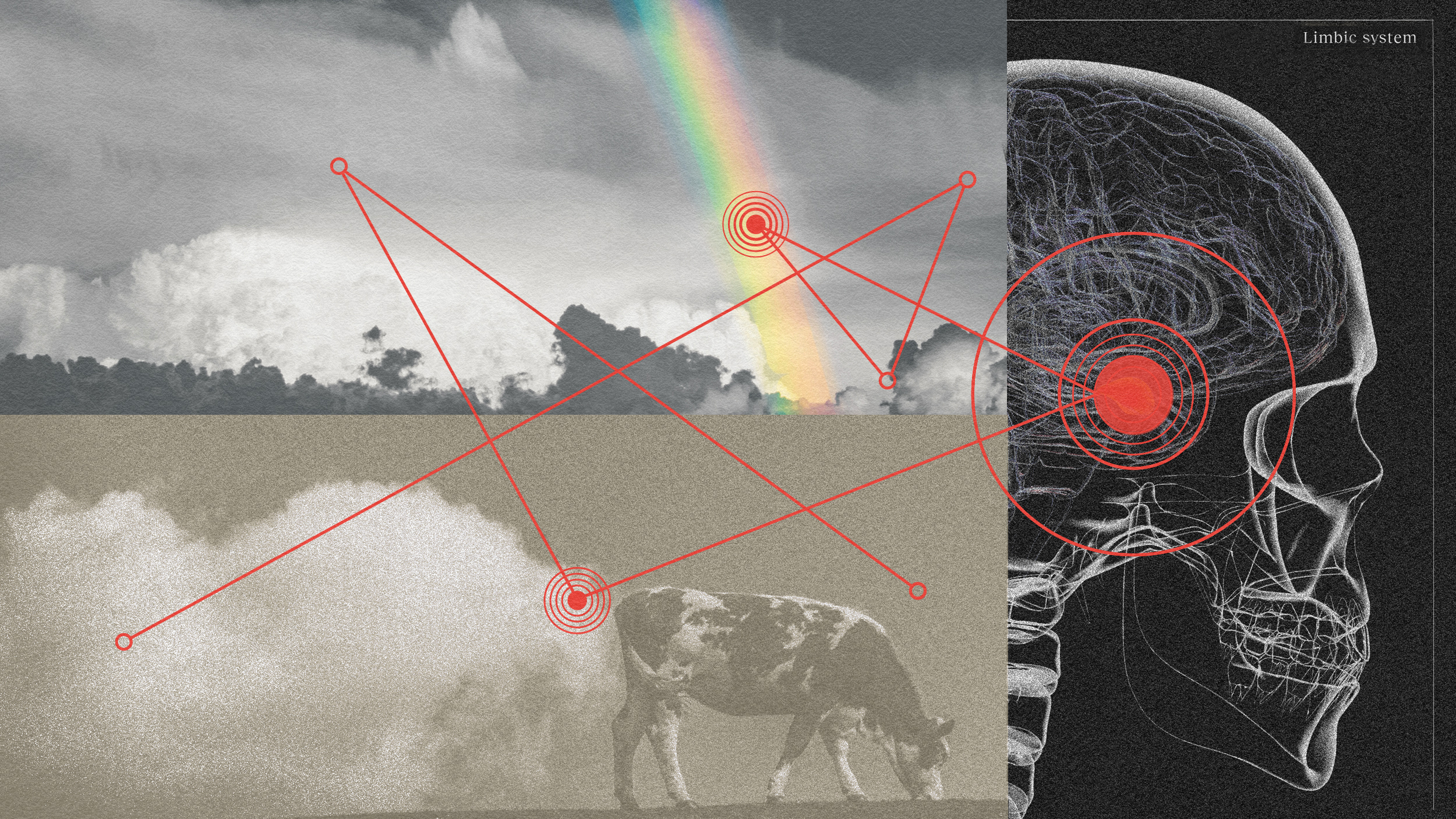Astrophysicist Janna Levin discusses three examples of constraints in science, and how they ultimately led to massive breakthroughs in physics and mathematics.
Abiding by the speed of light caused Albert Einstein to begin his pursuit into the theory of relativity, Heisenberg’s uncertainty principle planted the seed for quantum mechanics, and Kurt Gödel’s incompleteness theorem led directly to the invention of computers and artificial intelligence.
We often think of constraints as impenetrable barriers that cannot be broken. However, these very constraints have the potential to inspire new ways of thinking and revolutionize the world as we know it.
Janna Levin: I became interested in this phenomenon of constraints inspiring creative outbursts. And if you look at the last century, there were three really profound examples of that.
I would say, the earliest that I found incredibly interesting, was the limit of the speed of light, leading Einstein to the theory of relativity. Where a lot of other scientists wanted to remove the limit; they wanted to say, "There is no limit to the speed of light. That doesn't make any sense. That's impossible." Einstein actually, despite the word "relativity," adhered to a very strict absolute- and that absolute was the speed of light. He took that to be his guiding constraint. And by sticking to it rigidly, he said, "I'll give up anything else but the speed of light; the constancy of the speed of light." And by doing so, he gave up on the absolute nature of space and time. That's just much harder to let go of, intuitively, and a much greater violation of our common sense, but it was right. And so this was an example where this tight constraint led to a creative outburst.
You know, from this one constraint you could trace the line not only to the relativity of space and time, but the expansion of the Universe, the existence of black holes, the idea that the entire space has a shape. All of these things burgeoned from this really tight constraint. Another great example is the Heisenberg Uncertainty Principle.
So- Heisenberg begins to believe that we can't precisely know the location of a particle and it's motion and it's momentum. And this seems to violate what we believe, that things objectively exist, that there should be no such limit. But he takes it very seriously. He doesn't just say- it's often cast in this way: "Oh, we disturb a particle when we observe it. Therefore we can't also know it's momentum once we've located it, because in the process of measuring it we've somehow disturbed it." That's not really true. It's much deeper than that. Heisenberg took very seriously that this was profound, that in some sense the particle doesn't have a location or a momentum, that in some sense the particle doesn't really exist in the old fashioned way we used to think it existed, like a marble exists, you know?
So, by taking it that much more seriously, it leads to the discovery of the deeper phenomenon of quantum mechanics, and that incredibly strange world that even though we don't actually understand it even today, we verify experimentally over and over again. It's the most well-tested paradigm in all of physics, and yet it's the one we understand the least. My third example- and I'm doing them chronologically sort of- my third example would be Godel's Limit Theorem.
So, the great mathematician, Hilbert sent out a call to all mathematicians just to confirm that all mathematical facts could indeed be proven within the context of mathematics. It wasn't the case that he wanted every infinite proof- that's obviously impossible. He just wanted the proof that the proofs existed. It seems like a sort of meta-level question. It is! It's a meta-level question. Can we prove that all facts are knowable, is a simpler way of saying it. And Godel comes along in the 1930s, and proves that even in the context of something as basic as arithmetic, that there are facts among the numbers that can never be proven to be true or false. There are literally facts we can never know in the context of mathematics. And that was a real blow to this idea of a mathematical theory of everything. We've recovered from that blow. And it turned out to have profound consequences, and the profound consequence was the invention of the computer and AI.
So you can trace Turing's creation of the idea of a machine that can think directly to his work on the limit theorems and the fact that there are certain things we can never know- and that limit is severe. And from that, thinking about that limit, he was able to imagine how to mechanize thought and begin to think about making machines that think, and begin to think that we're just machines that think, and therefore there could be an artificial intelligence, just like there's a biological intelligence.






